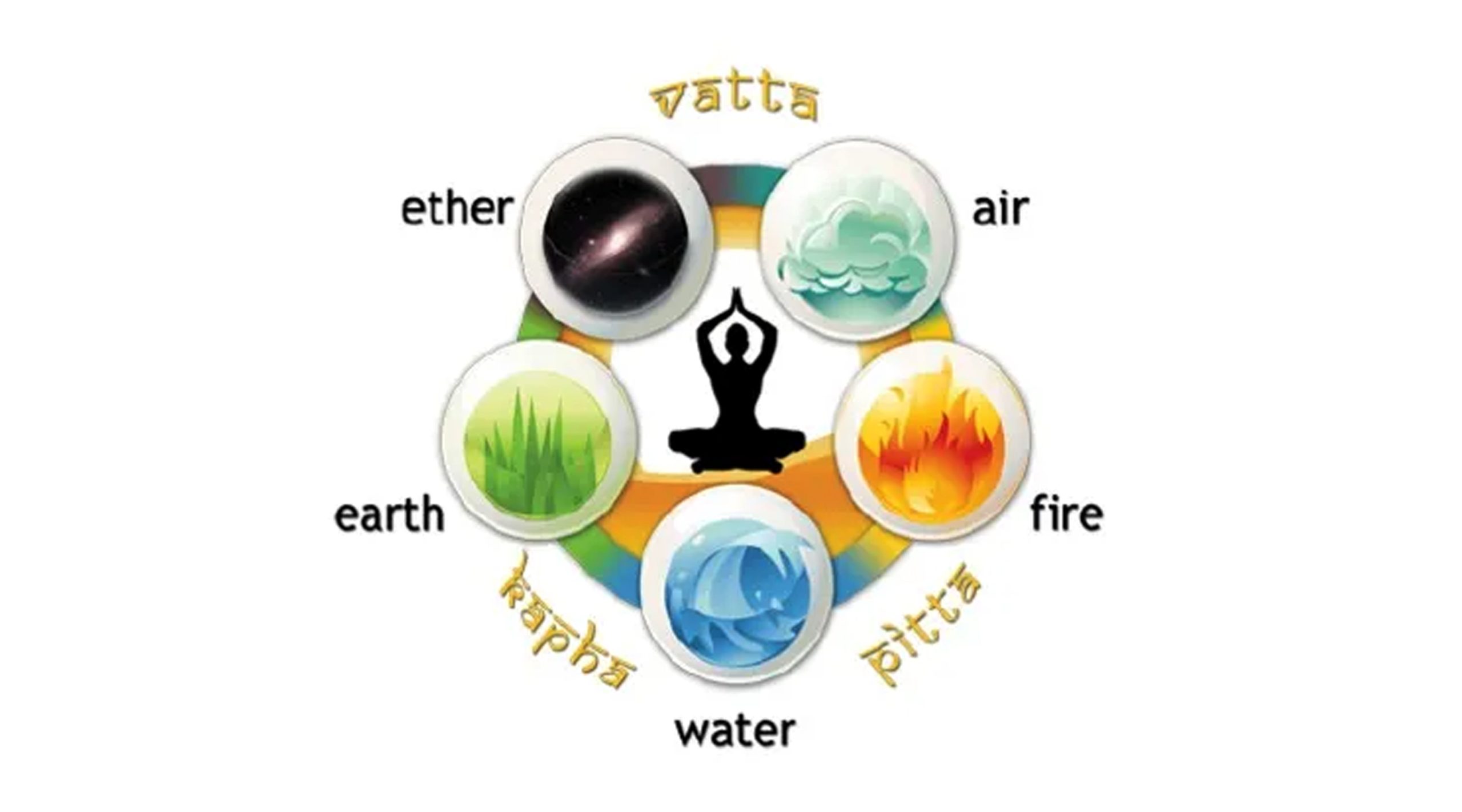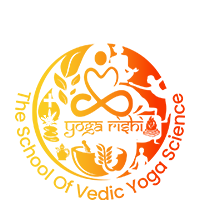
Pancha Bhutas: Harness the Power of Five Elements with Yoga
Introduction:
There are several societies and ideologies that have strong origins in the idea of the five fundamental substances. These components are frequently employed in analogy to refer to many aspects of the material and divine worlds and are said to make up the cosmos, and are also found in the human body.
These are said to cooperate with one another inside the body to sustain general wellness in comprehensive and alternative medical systems. Physical or mental problems may result from these components’ abnormalities. Various practises like yoga, ayurveda, and others aim to re-establish balance between them.
This idea has its roots in ancient Indian literature. Hindu mythology holds that the universe’s creator god, Brahma, formed the Pancha Bhutas. They have a significant impact on Ayurveda. The field takes into account the equilibrium or imbalance of components within the human body in order to identify and address health problems using a knowledge of the constituents.
A Look at Five Great Elements- Pancha Bhutas:
Earth (Prithvi), water (Jal), fire (Agni), air (Vayu), and ether/space (Akaash) are the five fundamental elements, also known as the Pancha Bhutas. Let’s take a brief glance at what are Pancha Bhutas:
Earth (Prithvi):
It stands for durability, strong stand, and the tangible world. The earth component is symbolizes by bones, muscles, tissues, along with all other bodily components in the human anatomy.
Water (Jal):
This is linked to the motion of vital energy in both the natural world and the human body. Blood, lymphatic fluid, and other physiological fluids that are responsible for hydration and flow are examples of the this element in the body.
Fire (Agni):
This is a representation of change, vigour, and energy. It refers to the process of transformation and transitioning. It is connected to a person’s digestive process, metabolism, and energy generation in the body.
Air (Vayu):
This aspect, which stands for mobility, interaction, and intelligence, is linked to the flow of energy and the process of breathing. The system of respiration, which is reflected by the air component of the body, is where the gases carbon dioxide and oxygen are exchanged.
Ether or Space (Akaash):
It stands for openness, mindfulness, and space. It is the component that acts as an empty surface on which all of the other components may collaborate and unite. It represents the spaces among cells and the openness of the consciousness in the body.
Significance of Pancha Bhutas:
These components have a profound representational and metaphysical significance that affects how people view and interact with their environment. Key elements of their relevance are as follows:
- They offer an outline for comprehending the framework of the universe and the foundational components of all matter that exists.
- The well-being of someone is based on the balancing of the Pancha Bhutas both inside and outside of them.
- Deeper understandings of existence and one’s own awareness can be attained through reflecting on all of these elements’ characteristics.
- They place a strong emphasis on the holiness and unity of the natural world as a whole.
- They arouse philosophical questions about the essence of life, reality, and awareness.
Relationship between Pancha Bhutas and Body Chakras:
Every chakra constitutes an energy centre that is supposed to be connected to a certain element and is situated at a particular place on the body. After finding out what are Pancha Bhutas, let’s now see how elements relate to the bodily chakras:
Root Chakra (Muladhara):
The Earth component has an association to this chakra. A balanced Root chakra offers a solid foundation for the energy to move upwards by means of the other chakras.
Sacral Chakra (Swadhisthana):
It is related to the component of Water. Personal relationships, sentiments, and innovation are all connected to this chakra. So, harmonious connections and psychological wellness are supported by a harmonious sacral chakra.
Solar Plexus Chakra (Manipura):
The element linked with this chakra is fire. This chakra is linked to inner strength, self-assurance, and change.
Heart Chakra (Anahata):
The Heart chakra is related to the component of Air. This chakra stands for association, affection, and empathy. Relationship harmony and emotional stability are promoted by a healthy heart chakra.
Throat Chakra (Vishuddha):
Ether, often known as space, is something related to this. This chakra is in charge of sincerity, self-expression, and interaction.
How Yoga Impacts Pancha Bhutas?
The Pancha Bhutas inside the body can be significantly affected by yoga:
- Standing positions and balancing positions which include anchoring and stability, aid in establishing a connection between people and the Earth component.
- Yoga techniques like vinyasa flow, which feature graceful movements and rapid sequences, can assist in regulating the Water element.
- The asanas produce heat as well as energy, much like the Fire element. Practises that are active and aggressive, such as hatha yoga and aggressive breath work, may fuel the body’s internal fire and promote metabolic processes.
- Breathing techniques as well as awareness have a direct impact on the Air element.
- Mindful practises such as meditation have a direct effect on the ether element.
Tips to Keep Pancha Bhutas Balanced:
They can be balanced in our bodies in a variety of manners. Typical behaviours involve the following:
- Consuming a balanced diet that contains all five of the above-mentioned elements and is high in natural foods.
- Yoga, a mental and physical exercise, is a good way to strike equilibrium with the elements.
- We can communicate with nature’s elements and benefit from their rejuvenating energy by relaxing in nature.
- Having sufficient sleep, which enables our bodies to rejuvenate.
- Handling stress, which can throw off the natural order of things.
Conclusion:
In conclusion, these powerful factors are always changing and interacting with one another. We feel healthy and content when the components are in harmony. However, illness or conflict may strike whenever the elements are out of balance. We may enhance the quality of our lives by comprehending them and how they connect to our body.








